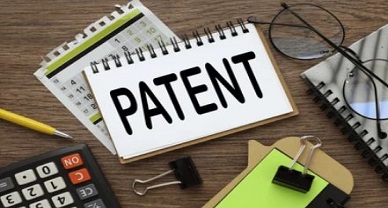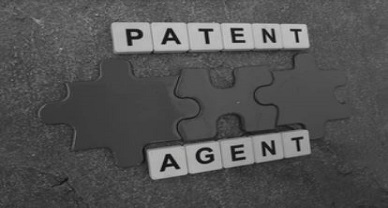Doctrine of Equivalents
Introduction
When someone invents something novel, practical, and non-obvious, they may file for a patent. As a result, it prevents others from utilising someone else’s invention or artistic creation, providing a just return on the effort and expense made. However, occasionally such imitations could have the same effect without being overtly imitated. If a nation’s legal system permits this, the patent owner’s protection would instantly lose all value. The Doctrine of Equivalent Patents, commonly referred to as the “Doctrine of Equivalence,” was developed to stop this from happening. If “equivalence” can be proven between the elements in the invention’s claims and the elements of the accused product or process, the patent claim would be infringed under this concept.

Literal and non-literal patent infringements fall into two categories, respectively. A literal reproduction of the patented innovation is required for an actual infringement to take place. For instance, when Eastman Kodak directly adopted Polaroid’s “instant camera technology” in the case of Polaroid Corp v. Eastman Kodak [1986], it was a literal reproduction of the original invention. On the other hand, an indirect infringement implies some degree of unintentional or malicious infringement. For instance, the product was held to be infringing even if the body of the product had a different main structure since there was no functional or structural distinction between the two items in Ravi Kamal Bali v. Kala Tech and others [2008]. This would be explained in greater detail later in the article.
The area of indirect infringements is governed by the Doctrine of Equivalent Patents. Even though the claim of the patented invention is not exactly present in the infringing product, the law allows the patentee to assert a claim. The goal of this doctrine’s evolution is to stop people from making minute adjustments to inventions while maintaining their usefulness and preventing them from reaping the rewards of the patentee’s labour and financial commitment.
Since the theory of equivalent patents has not been extensively discussed in India, the nation has not seen much development of it. The notion was first brought forward in the 2008 Indian case of Ravi Kamal Bali v. Kala Tech and others. However, the idea of non-literal infringement had already been covered in a few court decisions.
The Delhi High Court had examined the idea of non-literal infringement in the case of Raj Parkash v. Mangat Ram Chowdhry [1977]. The court determined that the essence and content of the innovation must be taken into consideration and that the decision shall not be lost in minute details, even though it did not mention the phrase “Doctrine of Equivalence” expressly. In this case, the Australian court decision Beecham Group Limited v. Bristol Laboratories Private Limited [1968] was widely cited by the Delhi High Court. In this instance, it was decided that even if there was no actual violation, there would still be infringement if the patented article’s substance was reproduced. The court had further emphasised that someone should not profit from a copyrighted good or technology by only marginally altering it.
Additionally, the supreme court determined the correct approach to read any specification in judgements like Bishwanath Prasad Radhe Shyam v. Hindustan Metal Industries [1978]. It had ruled that the claims should only be read after the invention’s description. This is necessary, as an applicant cannot claim for more than he desires to patent. One of the helpful presumptions used to evaluate the Doctrine of Equivalent Patents in India is this ratio.
But the first time the doctrine of analogous patents was brought into judicial consideration was in the case of Ravi Kamal Bali v. Kala Tech and others [2008]. According to the court’s factual analysis of the case, the accused product and the patented product shared the same ‘usage/purpose,’ ‘type of material,’ and ‘principle.’ The court decided that the modification in the primary structure of the body alone does not establish the presence of an invention because it found no appreciable difference in the product’s constructional and functional aspects. Although the case had established the doctrine’s application, it had not specifically outlined how to interpret it.
Conclusion
Although the Doctrine of Equivalent Patents has been evolved in foreign jurisdictions for more than a century, Indian jurisprudence has yet to formulate a non-ambiguous and clear position on the subject. Although there have been a few decisions emphasising non-literal infringement and addressing the idea of equivalent, the Indian courts have not yet taken a firm stance on how the doctrine should be interpreted. There is a lot of discrepancy and uncertainty among the general public as a result of the doctrine’s lack of a precise and linguistic definition in the Indian context. Despite having sought to avoid all of the literal claims of the patented goods and processes, an inventor must live in continual fear that a third party may file a lawsuit against them for infringement under the doctrine of equivalent. A victim patentee, however, may never be certain that going to court will grant him redress under the concept of analogous patents because the interpretation of the doctrine’s applicability is very subjective and unpredictable.
Author: Tanya Saraswat, in case of any queries please contact/write back to us at support@ipandlegalfilings.com & IP & Legal Filing.


